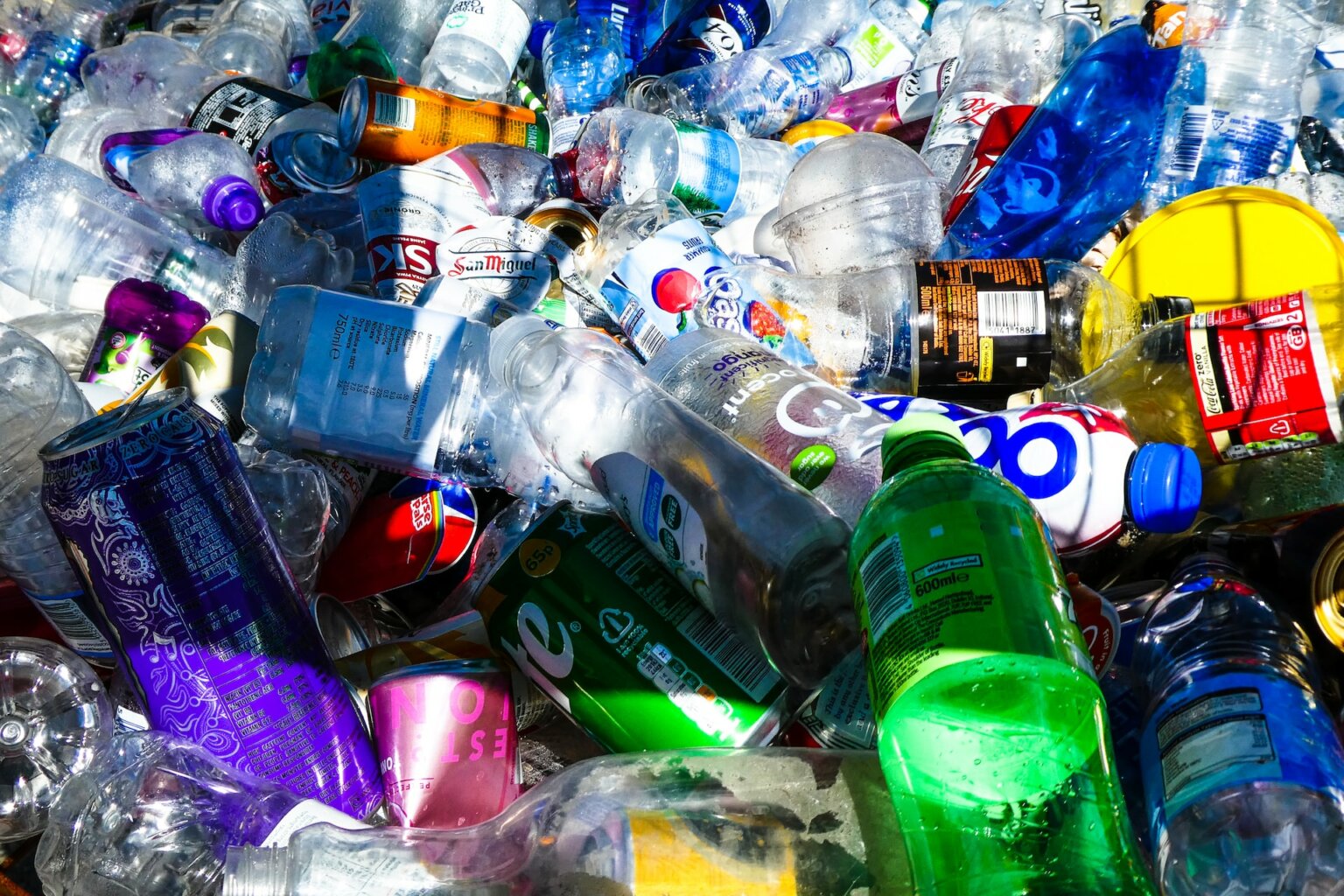28.Apr
Respiratory problems are on the rise in Thailand, particularly among elderly and young populations. Thousands of people have been hospitalised as the country’s air quality continues to worsen.
According to specialists, approximately 2.4 million people in Thailand have needed medical care for air pollution-related ailments since the beginning of the year, including nearly 200,000 only last week. According to the World Health Organization (WHO), each year more than 33,000 deaths in Thailand can be attributed to air pollution.
Bangkok, the nation’s capital, and Chiang Mai, a city in the north, are routinely named among the world’s most polluted cities.
The air quality in Bangkok is measured by the Air Quality Index (AQI), which ranges from 0-500, with a higher value indicating poorer air quality. The safe limit for AQI is 50, according to the World Health Organization (WHO). However, the AQI in Bangkok has consistently been above 100, reaching levels as high as 200-300 during peak pollution months.
The high levels of air pollution in Bangkok have engendered severe health consequences for the residents of the city. Particulate matter like nitrogen dioxide and sulphur dioxide is leading to an increasing number of cases of respiratory problems, cardiovascular diseases and even cancer in the Southeast Asian country.
The primary sources of pollution in Bangkok are transportation, construction activities, industrial emissions and the burning of agricultural waste. The city’s population has been growing rapidly, leading to a surge in the number of cars on the roads, which contributes significantly to the air pollution levels.
Thailand is also a major producer of agricultural crops like sugarcane and grains, the stubble of which is burnt by farmers every harvesting season to clear the land, which worsens the air quality.
Construction activities and a booming industry sector have also led to the emission of pollutants into the atmosphere, further worsening the situation.
The rising pollution levels are proving to be a huge burden on an economy that is heavily dependent on tourism. Thailand’s tourist attraction and third-biggest city Chiang Mai reached 289 on the AQI index in March.
According to the Kasetsart University environmental economist, Witsanu Attavanich, the economic cost of air pollution in Thailand in 2019 was equal to $63.1 billion or 11 percent of the country’s GDP.
A significant challenge to solving the pollution problem in Bangkok is the lack of public awareness and participation. Many residents are not aware of the health risks associated with air pollution and do not take the necessary precautions to protect themselves from it.
On its part, the Bangkok Metropolitan Administration (BMA) has implemented several regulations, such as dust measuring and monitoring systems, that are steadily helping to reduce pollution. The Thai government has also introduced measures such as promoting the use of public transport, enforcing emissions standards for vehicles and cracking down on the illegal burning of waste. However, considering the enormity of the situation, these measures have not been enough to tackle the issue effectively.
Image by Peggy Anke
Call to Action
An unusual way to tackle India’s plastic crisis





